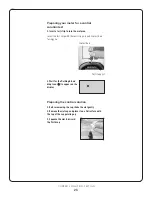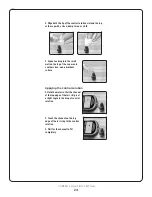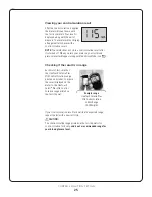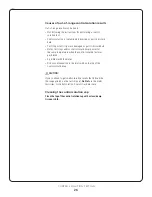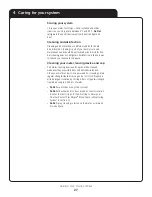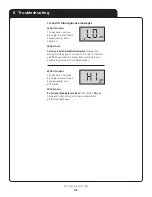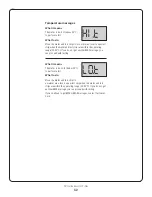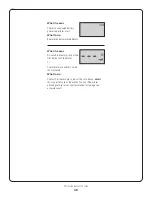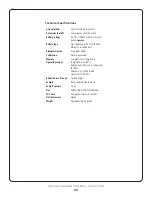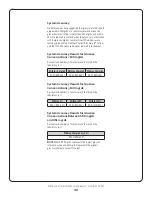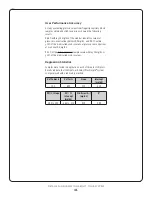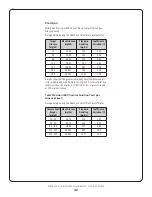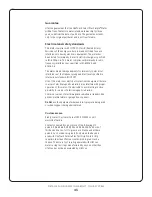
37
DETAILED INFORMATION ABOUT YOUR SYSTEM
7 Detailed information about your system
Comparing meter results to laboratory results
If you wish to check your meter's accuracy, compare it to a lab
result. See
“Guidelines for obtaining an accurate meter to lab
comparison”
. Results obtained from the OneTouch Select Plus
Simple
®
Meter and laboratory tests are reported in plasma-
equivalent units. However, your meter result may differ from
your lab result for any of several reasons. Your meter measures
glucose (sugar) in capillary blood, but the lab measures glucose
in venous blood. When your blood sugar is changing because
you have eaten, exercised, or taken medication, the difference
between venous and capillary blood may be greater than when
you are fasting. For example, if you have eaten recently, a result
from fingertip testing may be up to 70 mg/dL higher than a lab
test using blood drawn from a vein.
1
Therefore, when comparing
a meter to a lab, it is important to fast for at least 8 hours. (It is
OK to drink water.)
Meter results can be affected by factors that do not affect lab
results in the same way. Specific factors that may cause your
meter result to vary from your lab result may include:
• Your haematocrit is above 55% or below 30%.
• You are severely dehydrated.
For additional information, refer to the OneTouch Select
®
Plus
Test Strip Insert.
According to an international standard
2
a result from your
OneTouch Select Plus Simple
®
Meter is considered accurate
when it is within 15 mg/dL of a laboratory method when the
glucose concentration is lower than 100 mg/dL and within
15% of laboratory method when the glucose concentration is
100 mg/dL or higher.
1
Sacks, D.B.: "Carbohydrates." Burtis, C.A., and Ashwood E.R. (ed.),
Tietz Textbook of Clinical Chemistry
, Philadelphia: W.B. Saunders
Company (1994), 959.
2
ISO 15197:2013.
In vitro diagnostic test systems —Requirements
for blood-glucose monitoring systems for self-testing in
managing diabetes mellitus.

